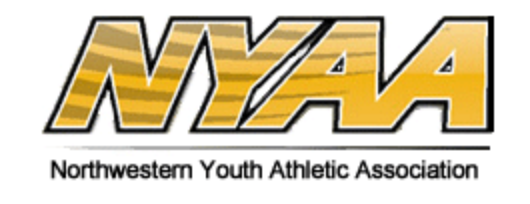Lacrosse Concussion Protocol
Standard Operating Procedure (SOP)
Program: Lacrosse
Season: 2014
Policy: Suspected Concussion Protocol
The following policy and procedure will be used to manage the player with a suspected concussion.
A concussion is a brain injury. Concussions are caused by a bump or blow to the head.
- Concussions are serious
- Concussions can occur without the loss of consciousness
- Concussions can occur in any sport
- Recognition and management when they first occur can help prevent further injury or even death
Recognizing a Possible Concussion
To recognize a concussion, you should watch for the following two (2) things among your athletes:
1. A forceful blow to the head or body that results in the rapid movement of the head:
- AND -
2. Any change in the athlete's behavior, thinking, physical functioning (see the signs and symptoms of concussions below)
Symptoms Observed by the Coach or Parent
- Appears dazed or stunned
- Is confused about assignment or position
- Forgets an assignment or instruction
- Is unsure of game score or opponent
- Moved clumsily
- Answers questions slowly
- Losses consciousness (even briefly)
- Shows behavior or personality changes
- Can't recall events prior to a hit or fall
- Can't recall events after a hit or fall
Symptoms Reported by Athlete
- Headache
- Nausea or vomiting
- Balance problems or dizziness
- Double or Blurry Vision
- Sensitivity to light
- Sensitivity to noise
- Feeling sluggish, hazy, foggy or groggy
- Concentration or memory problems
- Confusion
- Does not "feel right"
Protocol (Action Plan)
1. Remove the athlete from play. Look for signs and symptoms of a concussion if the athlete has experienced a bump or blow to the head, has reported any symptoms documented above or has any change in behavior, thinking or physical functioning. Athletes who are suspected of having a possible concussion must be removed from play. Take possession of the athlete's helmet.
2. Complete the NYAA Suspected Concussion Report. Reports are located in the AED/First Response Medical Kit (Red Bag). Or download the PDF. Complete the report to the best of your ability and give it to the parent(s), guardian or medical professional caring for the athlete. Suggested concussion center for the NYAA is OAA Orthopaedic Specialists 610.973.6200.
3. Ensure that the parent(s) or guardian understands that the athlete should be evaluated as soon as possible by an appropriate health care professional. Do not try to judge the severity of the injury yourself.
4. Notify the Lacrosse Director or Lacrosse Coordinator as soon as possible. The Director or Coordinator can assist in evaluating athletes for concussions. In addition, the Director will be tracking and following up on every reported concussion.
5. Allow the athlete to return to play ONLY WITH permission from a health care professional with experience in evaluating for concussion. A repeat concussion that occurs before the brain recovers from the first can slow recovery or increase the likelihood of having long-term problems. Prevent common long-term problems and the rare second impact syndrome by delaying the athlete's return to activity until the player receives appropriate medical evaluation and approval for return to play.
When an athlete has been removed from play because of a suspected concussion, the athlete will NOT be allowed to return to play until they have been evaluated by a health care professional with experience in evaluating for concussion AND a letter or note of clearance to return to play has been delivered to the Lacrosse Director.
pdf LAX Concussion Protocol (PDF)
pdf NYAA Concussion Report (PDF)
